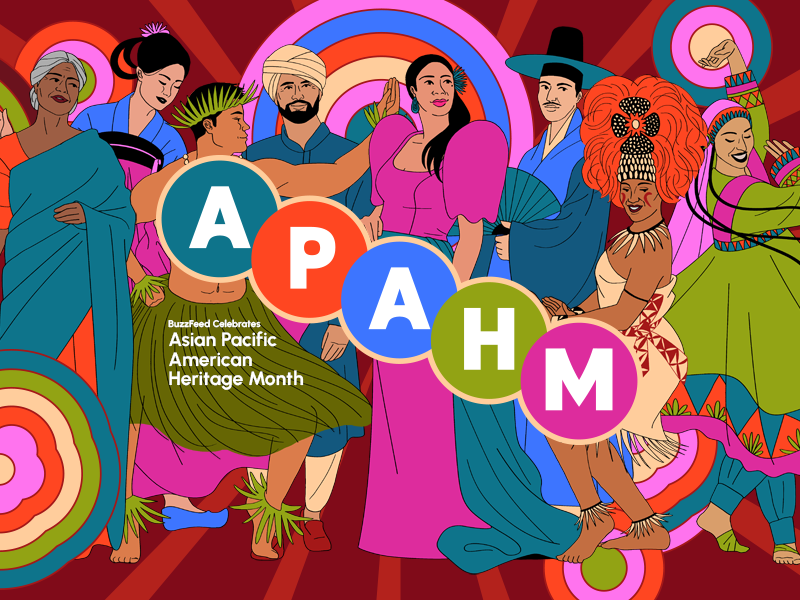I Tried This Divisive Japanese Breakfast Food, And I'm Honestly Shocked At How Much I Liked It
They say breakfast is the most important meal of the day, but lately I've been feeling kinda bored with my usual go-tos.
I typically eat some Greek yogurt with granola and frozen wild blueberries or a couple of hardboiled eggs and toast with butter and jam.
So when I learned about natto, a traditional Japanese breakfast food made from fermented soybeans, my interest was piqued.
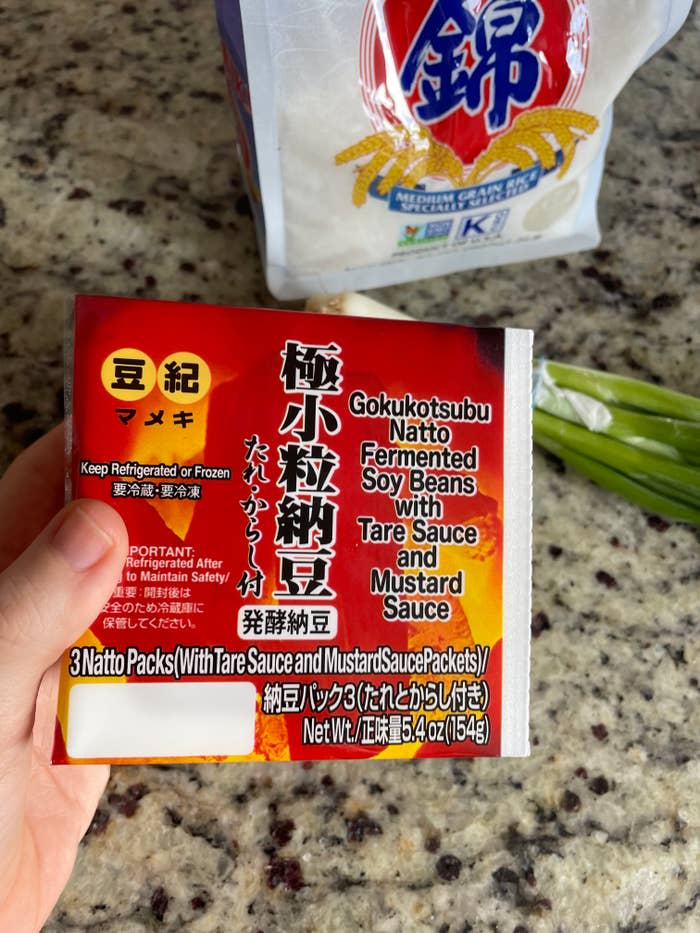
I immediately headed to my nearest Japanese grocery store and found natto in the freezer section.
Natto is packed with nutrients like protein, iron, calcium, fiber, vitamin K, and probiotics, giving it a reputation as a superfood.
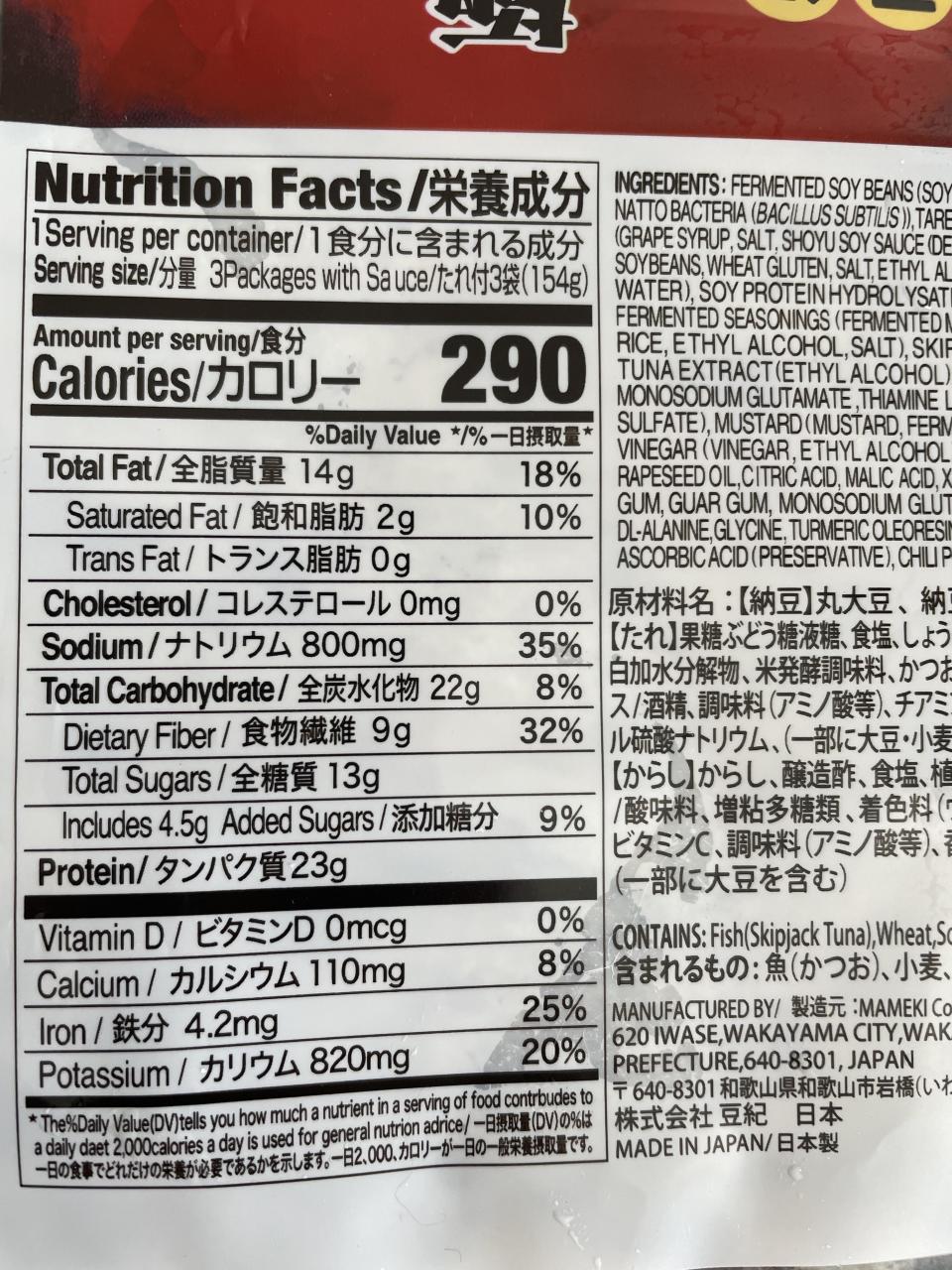
I'm a pescatarian on a strength-training journey, so anything that helps me pack more protein into my day is a win. One serving of natto contains 23 grams to start the day strong.
The natto I bought didn't come with English-language instructions for preparing it, so I read this beginner's guide to natto and followed the instructions as closely as I could.
There are many ways to serve natto, including in miso soup, salads, curry, or mixed with a raw egg. I decided to go with natto gohan, aka natto over rice with scallions, because I wanted to be able to distinguish its unique flavor when trying it for the first time.
Before I tried it, there were a couple of things about natto that made me a little unsure if I would like it. First, we have to talk about the texture.
Natto has a slimy appearance, and you can see sticky strings when you pull it apart to take a bite. Certain food textures make me gag uncontrollably (I'm looking at you, mushrooms and runny eggs), so I was somewhat hesitant to try natto. But as an adventurous picky eater, I'm always up for at least a bite or two.
Next, we need to discuss the smell. As a fermented food, natto is naturally funky, and some people say it smells like ammonia.
I did notice a bit of a smell, but on an ammonia scale from zero smell to super stinky cheese ten, I'd give it about a two. It's definitely there, but it's a lot more subtle than I had expected.
Before making the natto, I prepped a pot of sticky rice and chopped up some scallions.
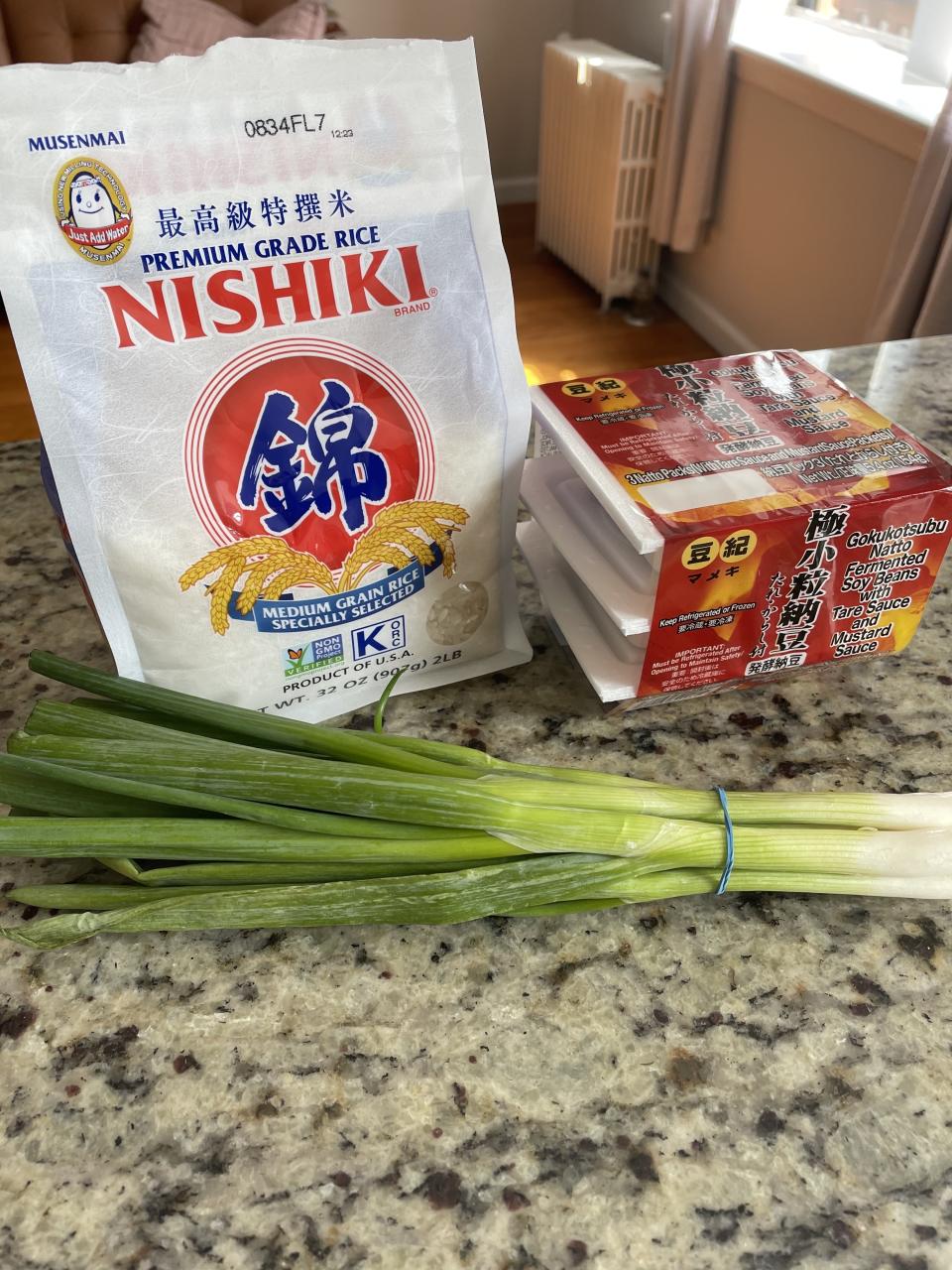
Obviously, I had to listen to Japanese Breakfast while I made my Japanese breakfast.
Each natto pack comes with two sauce packets: tare (a sweetened soy-based sauce) and karashi (a spicy, wasabi-like mustard).
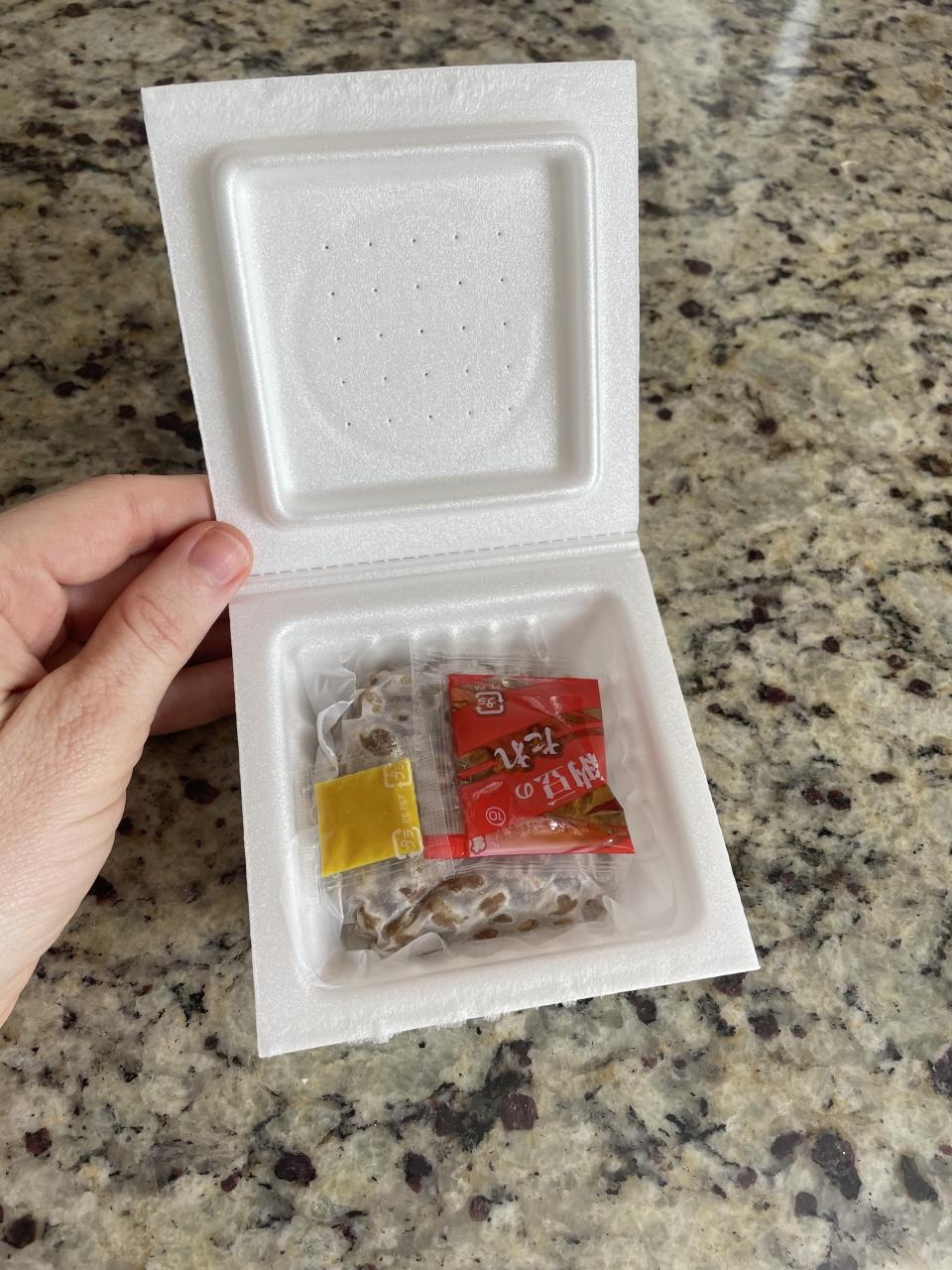
For any vegans or strict vegetarians who might want to try natto, heads up that the tare that comes in the package usually contains fish.
I removed the sauce packets from the container and took the film off the top of the natto.
Then, I microwaved it for 30 seconds to bring it up to room temp.
The next step was mixing it. According to the guide I read, natto tastes better the more you mix it before serving. The guide recommended mixing it a whopping 400 times, adding a little more tare sauce every 100 stirs or so, then adding the karashi at the end. Here's what it looked like before I mixed it:
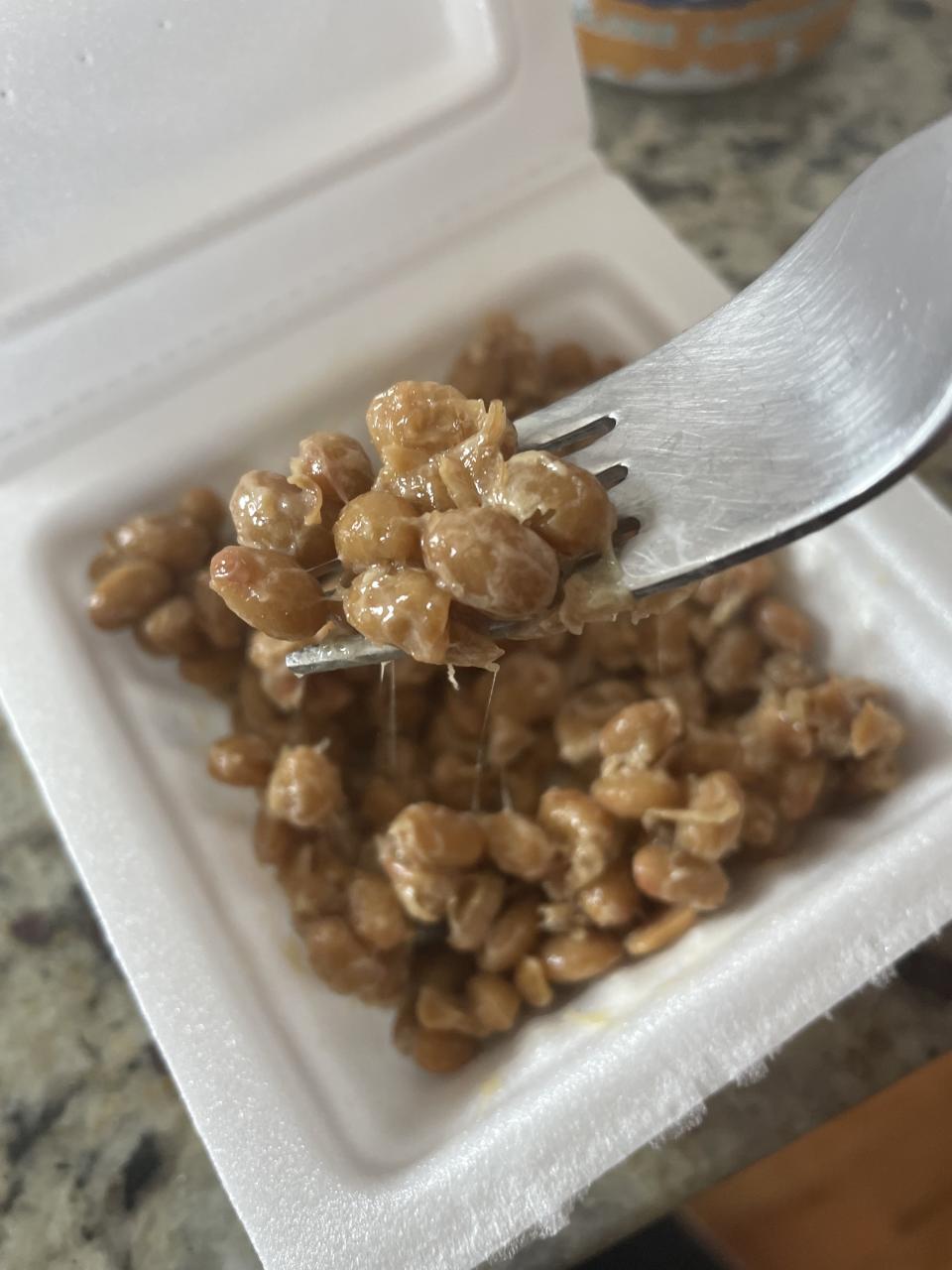
I did my best not to lose count, but I may have gotten distracted and fallen off once or twice. The guide said that most people don't mix their natto this much every day because it's rather laborious, but I wanted to give it my all for my first time.
Finally, it was time for the moment of truth. I assembled my bowl and took my first bite.
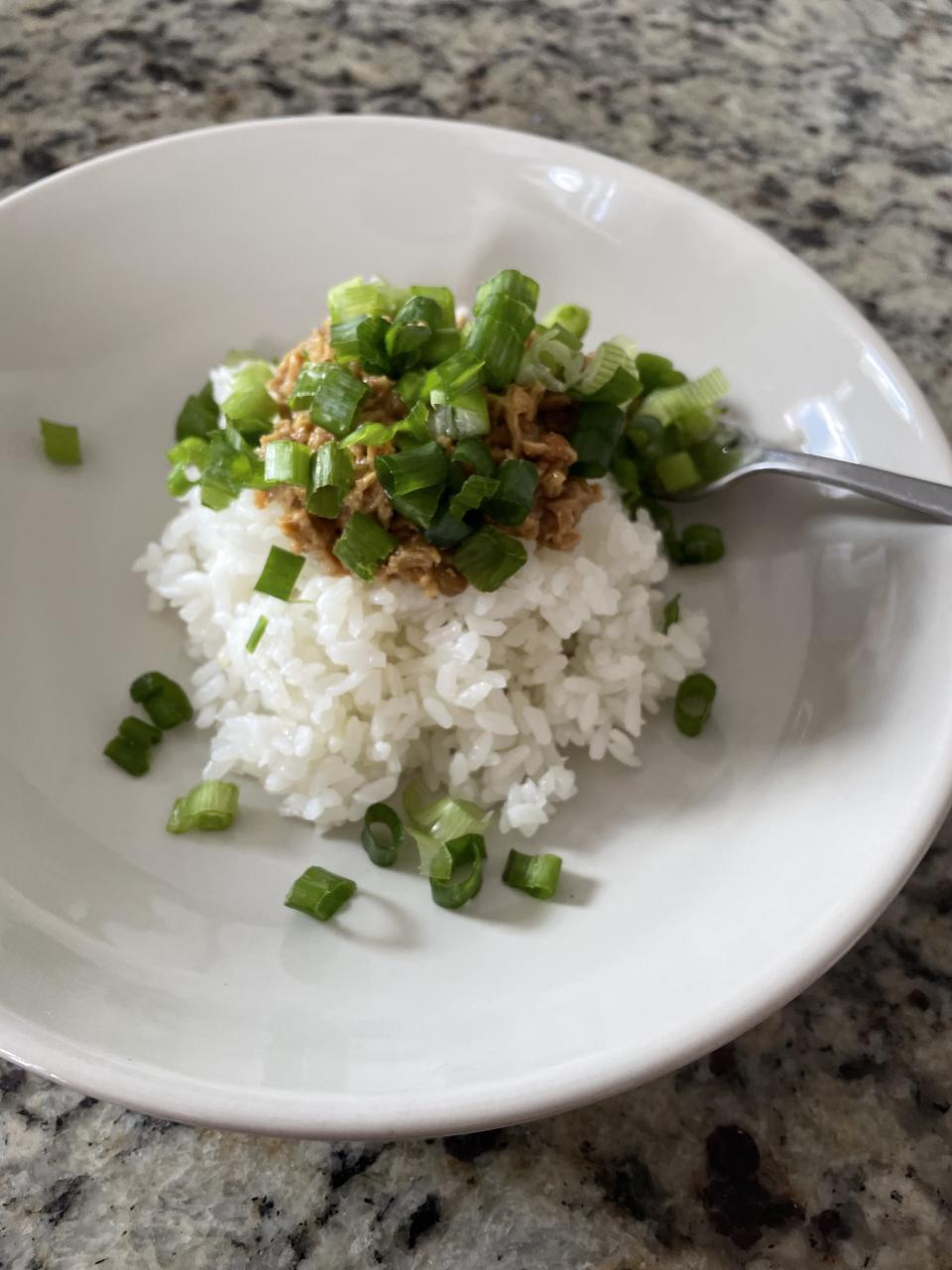
Natto can be a divisive food, and some have described it as having a Marmite-like, strong flavor.
I found it to be surprisingly mild — far less funky than I had expected. And as for the texture, it didn't feel nearly as slimy in my mouth as it looks in photos, though I did need a napkin handy for the stringy bits. It's honestly really similar to a familiar bowl of rice and beans with some added umami.


Megan Liscomb
I think that next time I make it, I'd like to try it in a soup or curry to mask the texture even more. But even on its own over rice, it passed my ick test.
After I finished my natto and rice, I felt satisfied and energized but not overly full. It made for a great light breakfast, which is very much my vibe in the morning.
About 30 minutes after I finished my natto, I did a few sets of pushups to see how I would feel. I still felt light and fired up, so I could definitely see making this a staple in the mornings when I'm planning to work out.
I'm really glad that I tried natto, and it'll definitely be part of my regular breakfast (or even lunch) rotation going forward.
Check out more API-centered content by exploring how BuzzFeed celebrates Asian Pacific American Heritage Month! Of course, the content doesn't end after May. Follow BuzzFeed’s A*Pop on Instagram, TikTok, and YouTube to keep up with our latest API content year-round.
